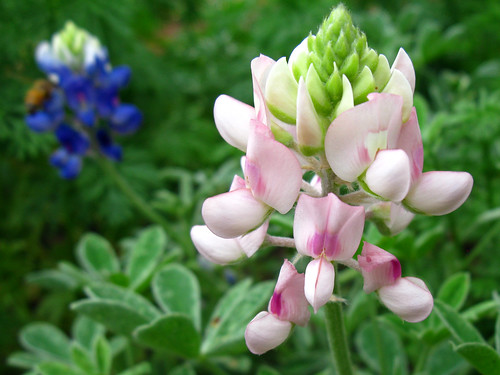Chris from Organic Compost Tumbler sent me a UCT-9 compost tumbler to review.
April 3, 2009: The Results
About 2 1/2 months has passed since I loaded up the “World’s Best” Organic Compost Tumbler. At first the material in the tumbler was quite light and the tumbler was easy to turn. In the last couple of weeks, the material has become denser, reduced in mass to just the bottom half of the tumbler and so the tumbler has become more awkward to turn. I took these as signs that the compost was ready.
When I looked inside it looked very similar to my own open-pile compost. There were still some sticks in it but the oak leaves, kitchen scraps, and pine needles had broken down.

In the case of compost tumblers, half empty is definitely half full.
I decided that the compost was ready. If I waited for the big sticks to break down that the other smaller stuff would rot away to almost nothing. Also, I needed compost for my vegetable garden and I needed the compost tumbler for all the trimmings from the spring garden cleanup.
My first question was how do I get the compost out? I wanted to dump it into a wheel barrow or bucket, not just on the ground but it’s impossible to put anything under the compost tumbler and turn the stuff out. I ended up dumping it on the ground but now I realized that if I’d found some plastic sheeting, that would have solved my problem.

The compost filled the bottom half of the tumbler or two of these galvanized tubs…sorry that I don’t have a better way to measure the amount.
The compost apparently had not heated up as much as was expecting because avocado and mango pits had not broken down (and some were sprouting), nor did section of Turk’s cap stems (which I had cut into 3 to 4 inch pieces). However, there was no evidence of smaller seeds or garlic sprouting–which I have a problem with in my open pile. I do not interpret this as a fault of the Organic Compost Tumbler because (see below) successful composting depends a great deal on the mix of materials. Although I had chopped the larger pieces down and turned the tumbler almost every day, the mix was a bit on the brown side and initially too dry.

A mix of fine compost and some larger chunks that I think need to break down more.
The result, then, was very similar to what I get out of my open compost pile–with one important exception. It wasn’t crawling with roaches, pill bugs, or earwigs. This made sifting it so much more pleasant. I use the fine compost on my vegetables when planting them or as top-dressing. I use the coarse compost as a mulch or throw it back on the pile as “starter” for the next batch.
Bottom Line
Do I like the Organic Compost Tumbler?
Yes. I don’t think the end product is much different than my open pile. But making the compost is a much more convenient. It’s so much easier to tumble the composter than it is to turn an open pile. And it looks nicer and it doesn’t attract pests (not only roaches, earwigs, and pillbugs but raccoons, rats, and opossums.)
Would I recommend it?
Yes. I think a compost tumbler is useful for people in urban or suburban neighborhoods who don’t have room or which there are restrictions on compost piles. It won’t produce all the compost you need nor will it be able to consume all the kitchen scraps and garden clippings that you produce. But it is a start.
Since receiving the Organic Compost Tumbler for review I’ve kept an eye out for other types. The prices are about the same but this is the sturdiest one I’ve seen. And it’s made out of recycled plastic.
Would I buy it myself?
I am considering buying one or two more…as budget permits. One is simply not enough to handle my composting needs. I used up the entire contents of my first batch in about two hours and wanted more. I have already filled the compost tumbler up: this time with chinaberry and hackberry tree sprouts. I’m looking forward to seeing whether a different mix will compost hotter and faster. I’ve learned my lesson about making sure it is damp (but not too wet). And I will probably “harvest” the mix as soon as the tumbler feels heavy and awkward to turn.


































